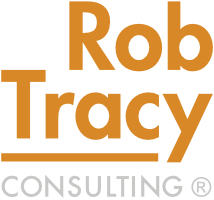Over the next few months, I will be writing about talent systems that will highlight specific parts of the talent pipeline. For any factory—and any place of business, for that matter—success is directly correlated to the talent of the workforce. Having a methodical, deliberate approach to hiring, onboarding, and retaining the right people is imperative.
When I enter a struggling factory during the Reveal the Issues stage of my process, assessing the strength of the workforce is one of the first places I start. It’s at the center of all operations and is such a critical issue. I begin by asking a few questions:
- What percent of the workforce has been here less than one year? What about two years, five years, or 10 years?
- How have the workforce numbers changed over the last few years?
- How many experienced workers have retired or quit over the last few years?
- What is the yield from the hiring process? How many people need to be hired in order to net an employee that stays for more than a year?
Adapting to a Changing Workforce Landscape
When I first began my career in manufacturing, a company’s reputation for good pay and benefits had applicants waiting in line for a job. Those employees would stay for years—sometimes even decades—because they were grateful for the job. Those days are gone, and I don’t foresee them returning any time soon. Today, employees hold the cards. If they don’t like the way they’re being treated, they have their choice of jobs to go somewhere else.
Some of the more innovative manufacturers are trying a variety of approaches to address this. Some have created internal development programs. Others have partnered with local vocational colleges. There are those who have increased pay and benefits or even reduced hiring standards. These changes are made when companies feel backed into a corner, and I’ve seen time and again that ad-hoc approaches rarely translate to success.
The issue we’re seeing is that many manufacturers are hiring based on a staffing model that worked for decades but doesn’t anymore. Talent needs to assessed using a more strategic approach because the competition for employees is more intense now than it has ever been.
The solution to this is bolstering the Talent System process through five components, which I’ll cover in blogs to follow:
- Talent Brand
- Talent Pipeline
- Screening & Hiring
- Onboarding
- Training & Development
Continue to check back in the coming weeks as I explore how to solve the Talent Systems problem facing many manufacturers today. If you have any questions, I’d love to hear from you.
